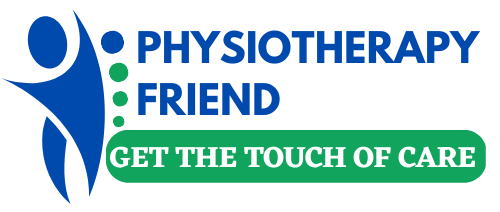Physiotherapy can be a helpful adjunct treatment for individuals with asthma, as it can help improve breathing function and reduce symptoms. Here are some common physiotherapy techniques used in asthma treatment:
- Breathing exercises: A physiotherapist can teach breathing exercises such as diaphragmatic breathing, pursed-lip breathing, and controlled breathing, which can help improve lung function, reduce shortness of breath, and decrease anxiety.
- Chest physiotherapy: This involves using techniques such as percussion, vibration, and postural drainage to help loosen and clear mucus from the lungs, which can help reduce wheezing and coughing.
- Exercise training: Regular exercise can help improve lung function and reduce asthma symptoms. A physiotherapist can design a safe and effective exercise program that is tailored to the individual’s needs and limitations.
- Education and self-management: A physiotherapist can provide education on asthma triggers, medication management, and lifestyle modifications to help prevent asthma symptoms and reduce the risk of asthma attacks.
- Relaxation techniques: Stress and anxiety can trigger asthma symptoms, so a physiotherapist may teach relaxation techniques such as progressive muscle relaxation and guided imagery to help reduce stress and improve overall well-being.
It’s important to work with a licensed physiotherapist to develop a personalized treatment plan that meets your specific needs and goals. The physiotherapy plan may be adjusted over time as the individual progresses and their needs change. Additionally, physiotherapy should be used in conjunction with medical management and regular follow-up with a healthcare provider to ensure optimal asthma control.
